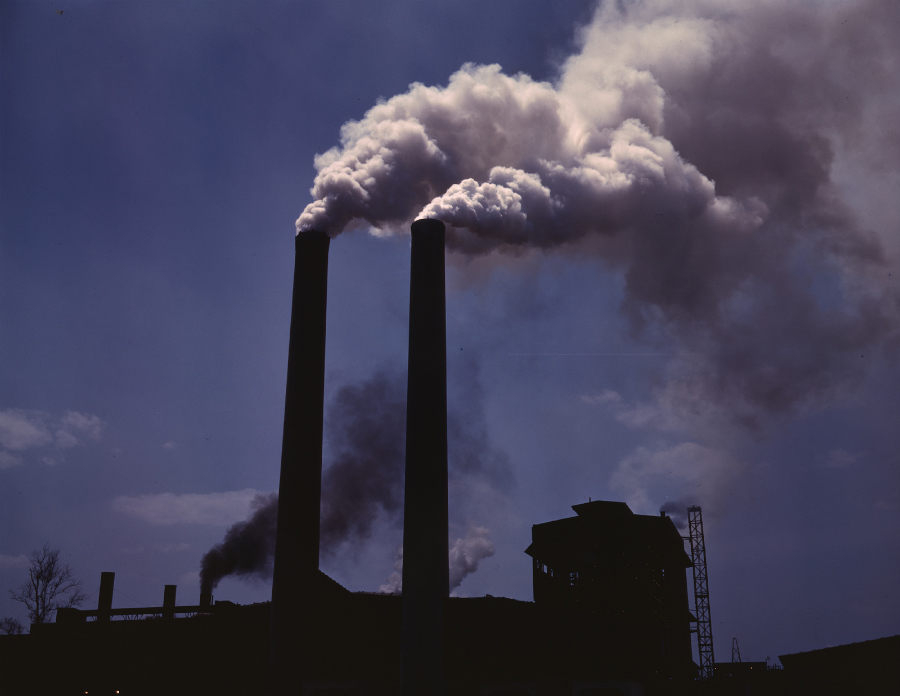Be it regulation, pretense or the fear of a troubled future, the world is slowly warming up to the idea of environmental conservation and sustainable practices to achieve the same. Corporations are doing it to obey the law and maintain a clean image in front of the society. Governments are doing it because they have to adhere to the global institutions that are making genuine attempts to reduce the overall carbon footprint.
In Canada, the issue of environmental degradation is of prime importance. This is reflective in the multiple environmental laws we have in place.
The Canadian Environmental Protection Act
This is one of the most prominent environmental laws in Canada. As per the federal website of Canada, the main aim of the Canadian Environmental Protection Act (CEPA) 1999, is to contribute to the sustainable development of the environment. It intends to meet the needs of the present generation without compromising the ability of future generations to meet their own needs. Some of the things the act regulates are as follows:
- It makes pollution prevention the cornerstone of national efforts to reduce toxic substances in the environment.
- It has a systematic approach to assess the dangers of toxic substances to the environment and human health posed by substances in commerce.
- It imposes timeframes to manage toxic substances
- It provides a wide range of tools to monitor pollution levels and reduce them.
- It includes provisions to regulate vehicle, engine, and equipment emissions.
- It allows for more effective cooperation and partnership with other governments and aboriginal peoples.
The Federal Fisheries Act
As the name suggests, the Federal Fisheries Act aims to protect the fish habitats, which are essential to sustaining freshwater and marine fish species. This act strictly prohibits any work or project that would be destructive to marine habitats in Canada. Environment and Climate Change Canada prohibits the deposit of deleterious substances into waters frequented by fish. A deleterious substance can be any substance that could degrade the quality or cause harm to the fish habitat. The only exception to this rule is if you are explicitly authorized by regulations under the Fisheries Act.
The Canadian Environmental Assessment Act
The Canadian Environmental Assessment Act (CEAA) is an evaluation process for various economic projects. It aims to check for the environmental impact of these projects (the extent of damage that could be incurred). It is a comprehensive three-phased process where the Environment Assessment Office (EAO) goes through your application for approval and either approves or rejects the project. The three phases include the pre-application phase, the application review phase, and the final decision by the Minister of Environment and Climate change strategy.
The Canada Shipping Act
Along with providing safety to marine transportation and recreational boating, the Canada Shipping Act aims to protect the marine environment. It is based on the British Merchant Shipping Act of 1984.
The Species at Risk Act
According to the federal website of Canada, this act intends to prevent wildlife species in Canada from disappearing, to provide for the recovery of wildlife species that are extirpated (no longer exist in the wild in Canada), endangered, or threatened as a result of human activity, and to manage species of special concern to prevent them from becoming endangered or threatened.
These were some of the environmental laws that are prominent in Canada. Watch this space our second part to the crash course on Environmental law in Canada. In the meanwhile, if you wish to understand these laws, consult with our team of lawyers.

